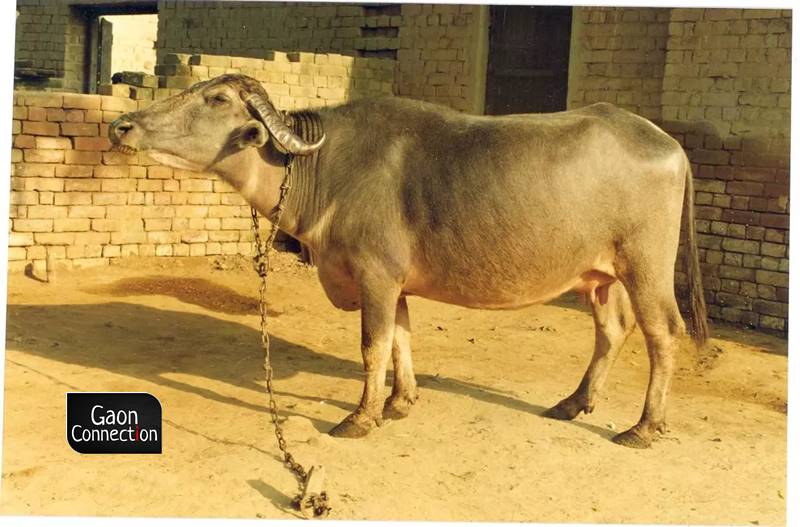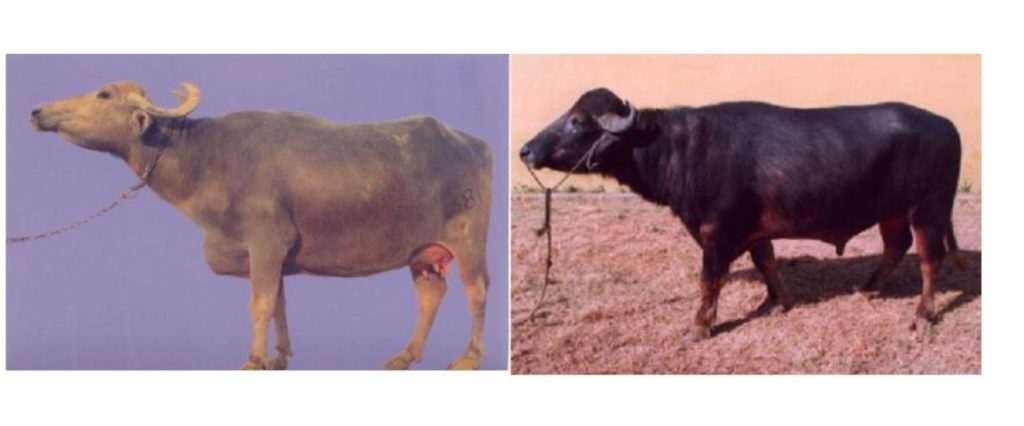The disappearing buffaloes of Bhadawar
The Bhadawari breed of buffaloes, extant in parts of Uttar Pradesh and Madhya Pradesh, are said to produce milk with the highest fat content anywhere in the world. But, they are dwindling in number and without intervention, may die out altogether.


Efforts are on to protect the Bhadawari buffaloes by the Indian Grassland and Fodder Research Institute, Jhansi.
Before Independence, the princely state of Bhadawar, which covered parts of present-day Uttar Pradesh and Madhya Pradesh, was well known for a breed of buffalo that still exists and is known as Bhadawari. This breed is said to produce milk that has the highest content of fat anywhere in the world. The soil, water and environment of the area is supposed to be the reason why the milk of these buffaloes is so fat-rich.
Currently these buffaloes are to be found in Agra, Bhind, Etawah, Auraiya and Jalaun near the Yamuna river, in Uttar Pradesh, and in Morena near the Chambal river and at Gwalior in Madhya Pradesh.

However, there has been a steady decline in the number of the Bhadawari buffaloes over the years. One of the main reasons is the scarcity of bulls in the particular breed. The other is the preference of farmers for the Murrah breed of buffaloes. There are fears that in a few years, the Bhadawari buffaloes will disappear.
Bhadwaris are resistant to diseases
The Bhadawari buffaloes are medium-sized and not very hirsute. Their legs are short but sturdy. The area below their knees are yellowish in colour and the front of their head, above their eyes, there is usually a white patch. They have two distinctive white lines running below their necks that are referred to as kanthmala (necklace) or janeu (sacred thread). They have sharp horns and they weigh between 300 and 400 kilos.
These relatively smaller buffaloes are often reared by small and marginal farmers. The Bhadawari are suited to hot and humid climates and are found to be sturdy and resistant to diseases that normally plague cattle. The mortality rate of this breed is much lower when compared to other breeds.
On an average, a Bhadawari buffalo gives approximately four to five litres of milk a day, and the fat percentage in the milk is anything between 8.5 to 14 per cent. Villagers believe that from milk collected over eight days from a single Bhadawari, nearly five litres of ghee (clarified butter) can be obtained. Dairy farmers who own Bhadawari buffaloes, say these are low maintenance cattle, but they bring in a good bit of money.
Also Read: All froth and fury: Milk as protest tool in Haryana
Bhadawari breeding programme
Efforts are on to protect the Bhadawari buffaloes by the Indian Grassland and Fodder Research Institute, Jhansi. Under this, prime Bhadawari bulls are being bred to propagate the breed. The sperm of the Bhadawari bulls are being frozen for future use, and to distribute amongst breeders to inseminate Bhadawari buffaloes.
The aim of the initiative is to keep the breed alive and develop superior specimens of buffaloes. This is necessary as in the face of environmental and climate inconsistencies, it is the Bhadawari breed that is the most suited to withstand the changes.
Satyendra Pal Singh is chief scientist at Krishi Vigyan Kendra, Shivpuri, Madhya Pradesh. Views are personal.
Read the story in Hindi.

